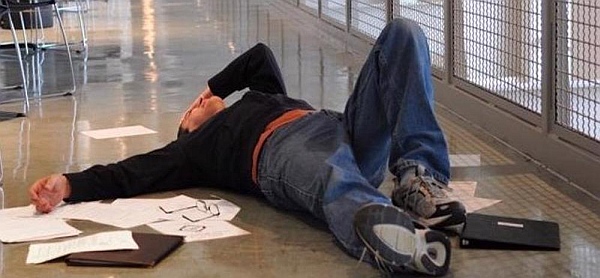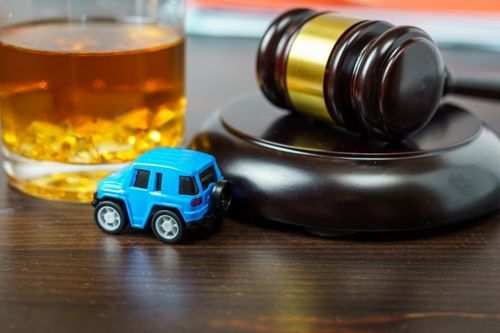Three days after he was involved in a fatal New Year’s Day car crash, Atlanta police apprehended a probable hit-and-run driver.
The incident began as a non-injury two-car collision on I-20 West near Holmes Drive. According to police, when the drivers exited their vehicles to examine the damage and exchange insurance information, a then-unknown driver sped onto the scene, struck and killed one of the pedestrians, and left the scene without even slowing down.
On January 4, officials arrested 21-year-old Antonio Andrews in connection with the hit-and-run, charging him with felony hit and run, felony homicide, and failure to maintain a single lane.
Hit-and-Run Crashes
Statistics vary significantly, but most peace officer divisions eventually apprehend somewhere around half of LSA (leaving the scene of an accident) drivers. Typically, as in the above incident, if police solve the crime, the resolution will occur in the hours or days following the car crash. In fact, a significant number of drivers are caught near the scene, because they are detained by onlookers or early-arriving first responders.
Personal injury attorneys often partner with private investigators to help catch “the one that got away.” In fact, many lawyers have investigators on staff for occasions such as this. First responders may not follow up every lead, because they are understandably concerned with the victim. Furthermore, many witnesses may hesitate to talk to police, but they will share what they know with a private investigator. This investigator also has unlimited time to pursue the case, so this person can canvas neighbors and inquire at local body shops.
The burden of proof is also much lower in civil cases, which means that it is easier to hold hit-and-run drivers civilly liable for the damages they inflict. In a tort case, the plaintiff must only show that the defendant was responsible by a preponderance of the evidence, which means more likely than not.
Alternative Path to Recovery
Even if the responsible driver is never identified, an injured victim still has legal options in these cases. Most drivers have uninsured/underinsured motorist coverage (UIM). These drivers may be able to file claims against their own insurance company for damages. The case proceeds just like any other, except that if the parties cannot reach an agreed settlement, the trial is against their own insurer.
Additional Compensation
If the hit-and-run driver is caught, juries are typically angry at that motorist. That anger often translates into increased damages. This make take the form of merely increased compensatory damages for pain and suffering, or, if the hit and run driver’s conduct at the scene meets the statutory requirements for punitive damages, additional damages designed to punish the offender and deter future wrongdoing may be awarded. To receive punitive damages, the plaintiff must introduce clear and convincing evidence that the defendant’s recklessness demonstrated a lack of concern for the consequences.
The law in this area is quite favorable to victims. Juries may award up to $250,000 in punitive damages in a negligence case. Moreover, an award can be based on any personal injury or property damage. In other words, if the jury disapproves of the defendant’s conduct, it is not unusual to see a large damage award.
Regardless of the facts in a hit-and-run case, the victim is eligible for cash compensation. For a free consultation with an aggressive personal injury attorney in Fayetteville, contact the Wade Law Firm. We do not charge upfront legal fees in a personal injury case.








